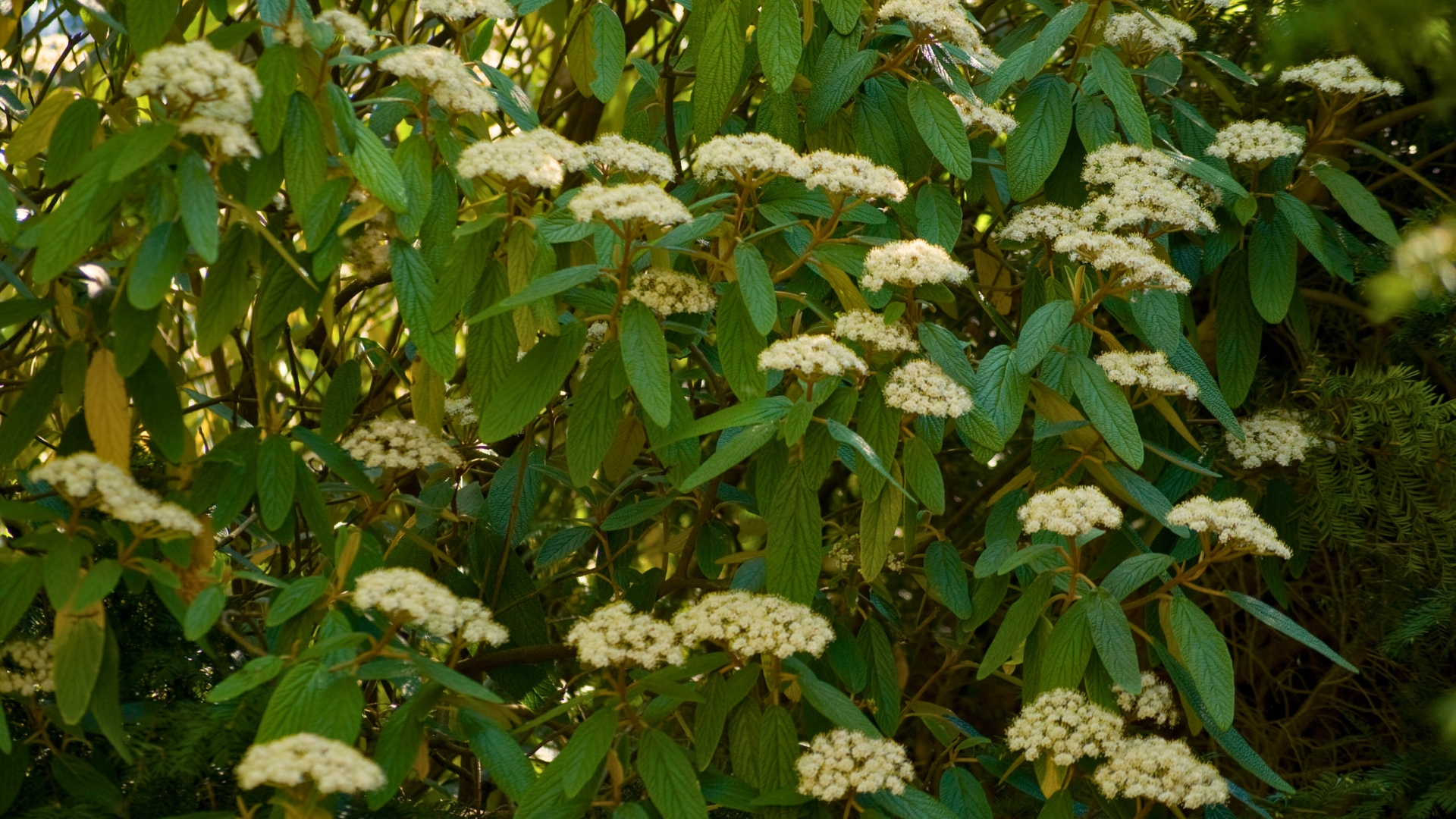Viburnum May Look Lovely, But These 16 Reasons Could Make You Rethink Growing It
Viburnum might catch your eye with its pretty flowers and lush green leaves, but don’t be fooled just yet. I’ve had my fair share of ups and downs with this plant, and let’s just say—it’s not always the garden gem it claims to be.
From surprise pests to growth habits that don’t know when to stop, it’s been a wild ride. If you’ve ever thought about planting one, you’ll want to hear this first. It’s gorgeous, sure—but oh, the drama it can bring!
1. Picky About Soil
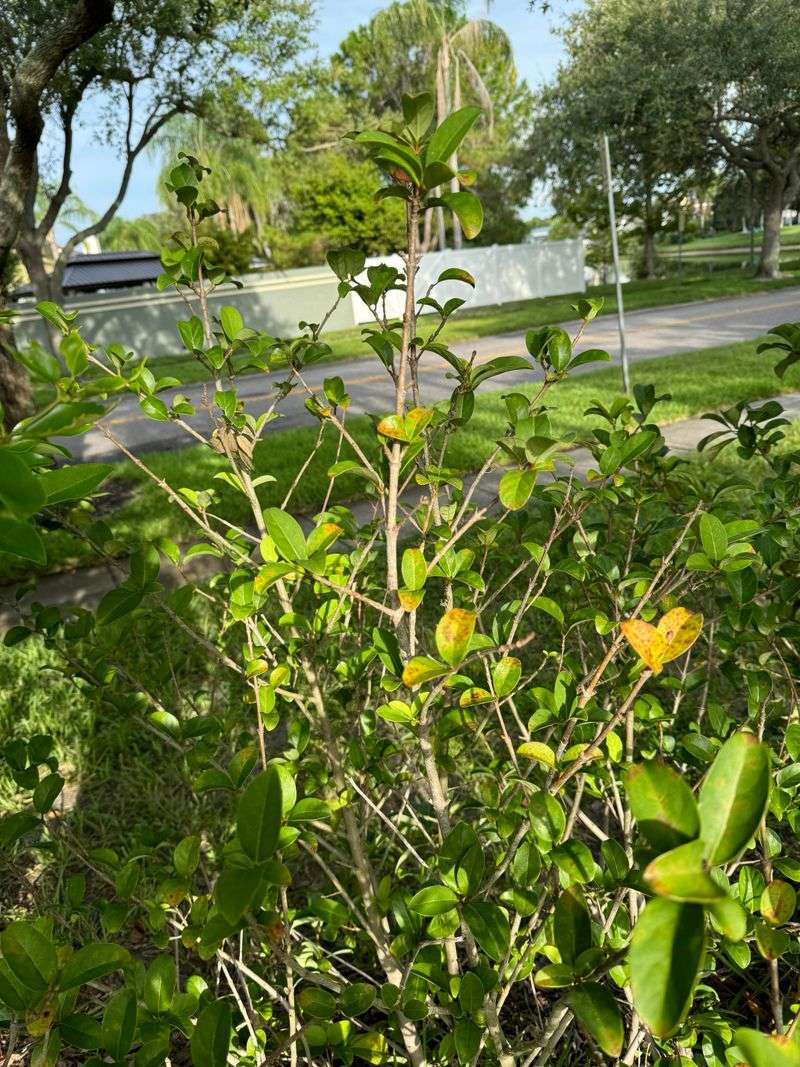
Imagine this: you’re trying to grow viburnum in your garden, but they’re just not having it. These picky plants need the perfect soil to thrive, and if your garden soil isn’t up to their standards, they might just give you the cold shoulder.
They prefer well-draining, slightly acidic to neutral soil, which can be a bit of a hassle to maintain. If you’re not careful, you might end up with a plant that’s not too happy. So, unless you’re ready to pamper them, viburnum might not be the best choice for your garden.
2. Demand for Water
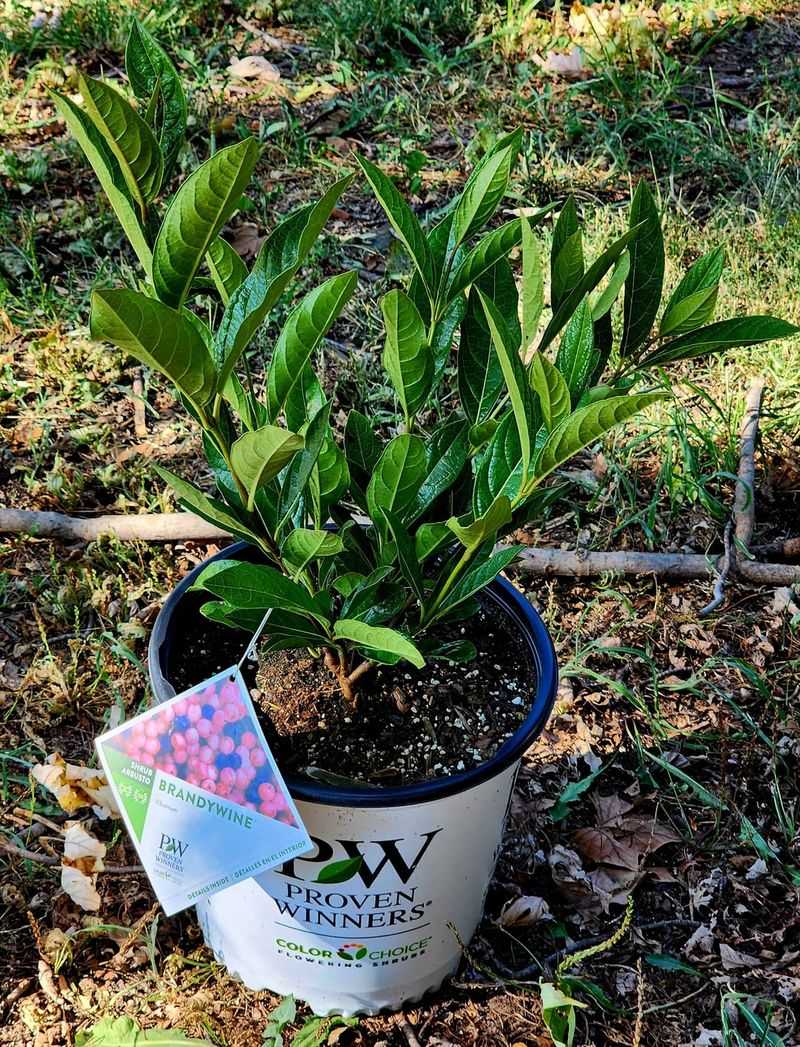
Let’s talk hydration. Viburnum plants are like that one friend who’s always thirsty, constantly needing a drink. If you live in an area with scarce rainfall, you might find yourself watering them more often than you’d like.
They don’t like to be parched, and neglecting their water needs can lead to sad, droopy leaves. It’s a bit of a commitment, really. So, if you’re not up for frequent watering sessions, viburnum might end up being more work than you bargained for.
3. Pest Magnet
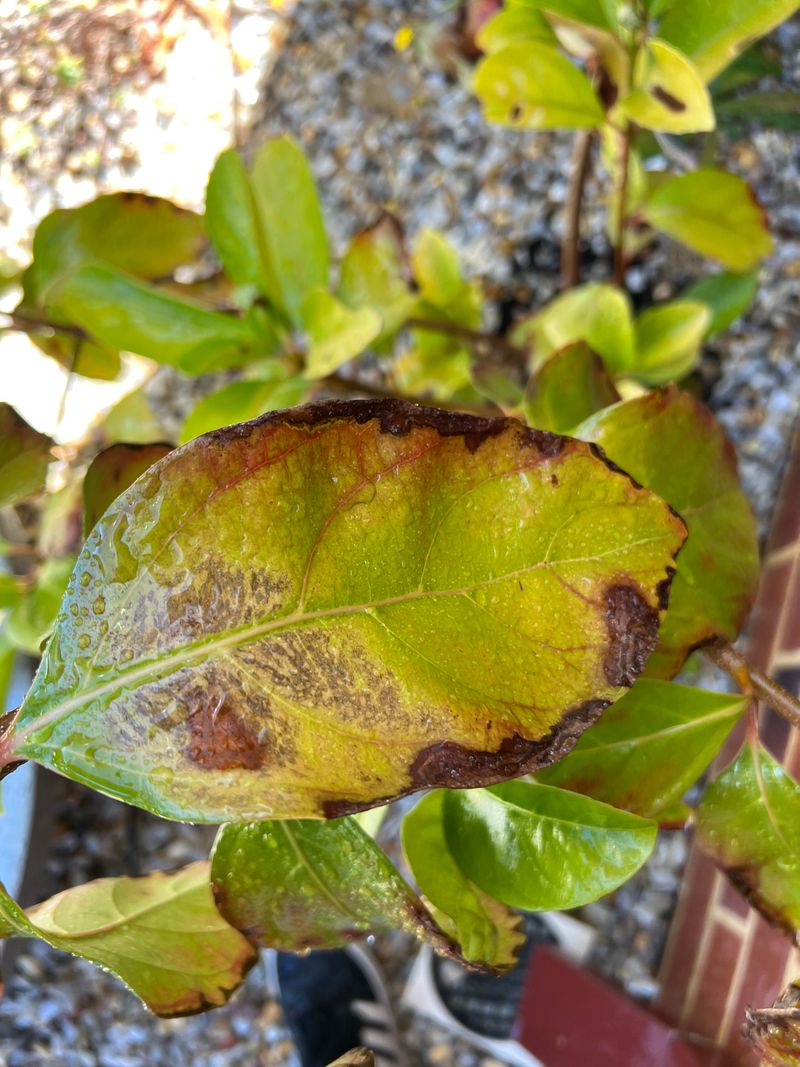
Oh boy, if viburnum had a fan club, pests would definitely be the top members. These plants seem to attract every garden pest under the sun, from aphids to beetles. It’s like they’ve put out an open invitation! If you’re not vigilant, your lovely viburnum could turn into a snack for unwanted visitors.
Constant monitoring and pest control become part of the package deal. So, unless you’re ready to wage war against garden pests, viburnum might just test your patience.
4. Pruning Nightmare

Here’s the thing about viburnum: they grow, and they grow fast. You might end up with a tangled mess if you’re not on top of your pruning game. Pruning is essential to keep them looking their best, but it can be a bit of a nightmare if you’re not prepared.
It’s not just about snipping a few branches; it’s about knowing when and how to do it right. If you dread the thought of spending weekends pruning, viburnum might not be your gardening match.
5. Frost Sensitivity
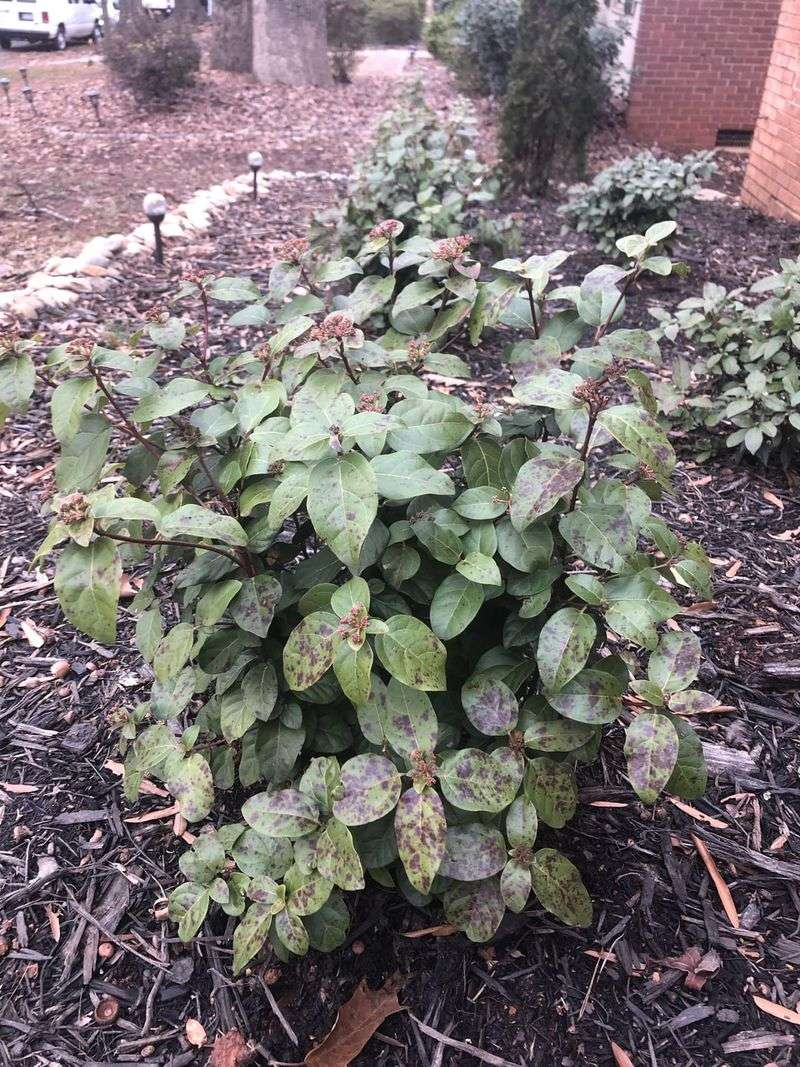
Winter is coming, and viburnum isn’t exactly thrilled about it. These plants are not fans of frost and can suffer if temperatures drop too low. If you’re in a region with harsh winters, you might find yourself taking extra precautions to protect them.
Frost cloths, mulching, or even moving pots indoors could become part of your winter routine. If the thought of babying your plants through the winter doesn’t appeal to you, viburnum might not be the best fit for your garden.
6. Limited Bloom Time
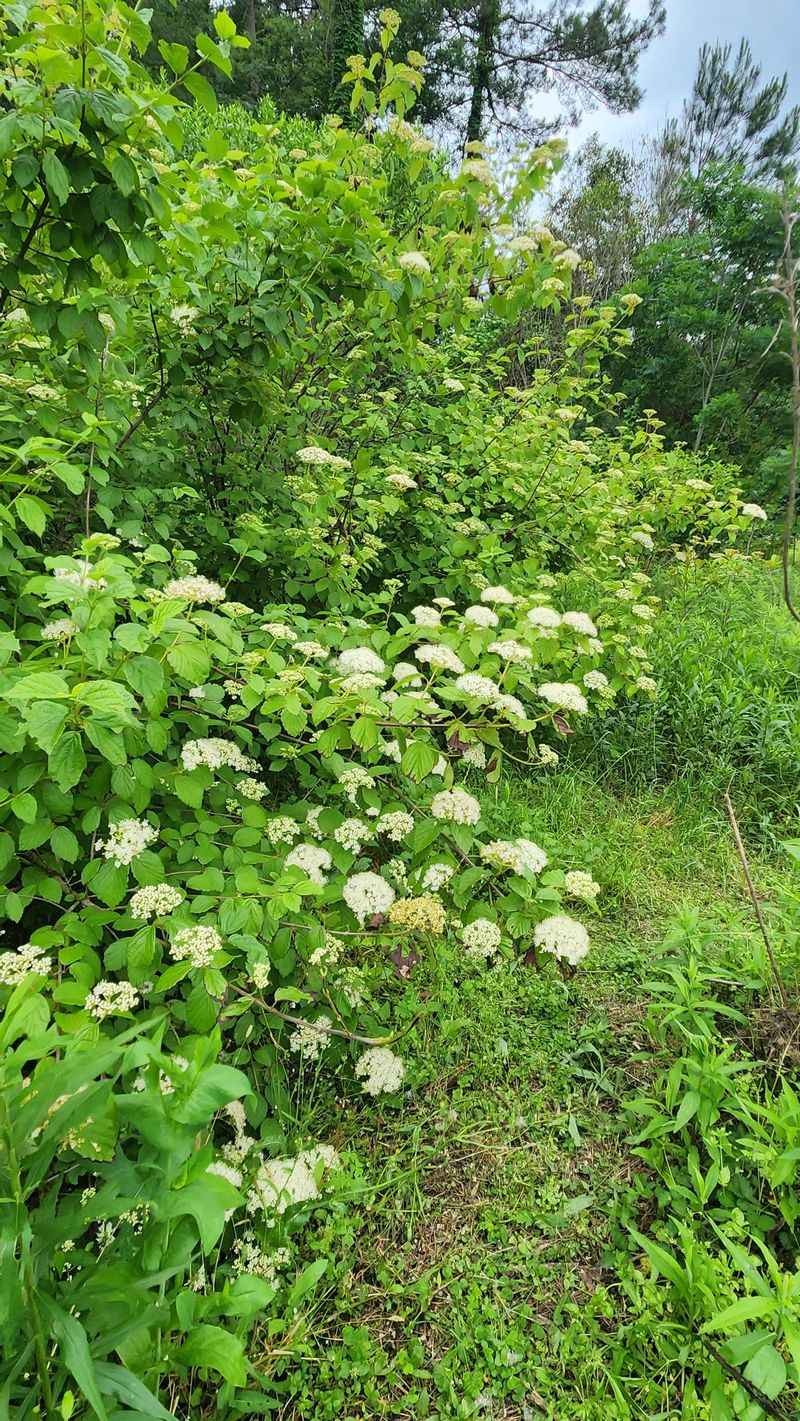
Now, let’s talk about bloom time. Viburnum might dazzle you with their flowers, but it’s a short-lived spectacle. The blooming period can be quite brief, leaving you with a lot of green leaves for the rest of the year.
If you’re hoping for long-lasting floral displays, you might feel a bit let down. It’s like waiting all year for a concert, only for it to last an hour. Consider if those fleeting blooms are worth the months of anticipation before adding viburnum to your garden.
7. Allergy Alert
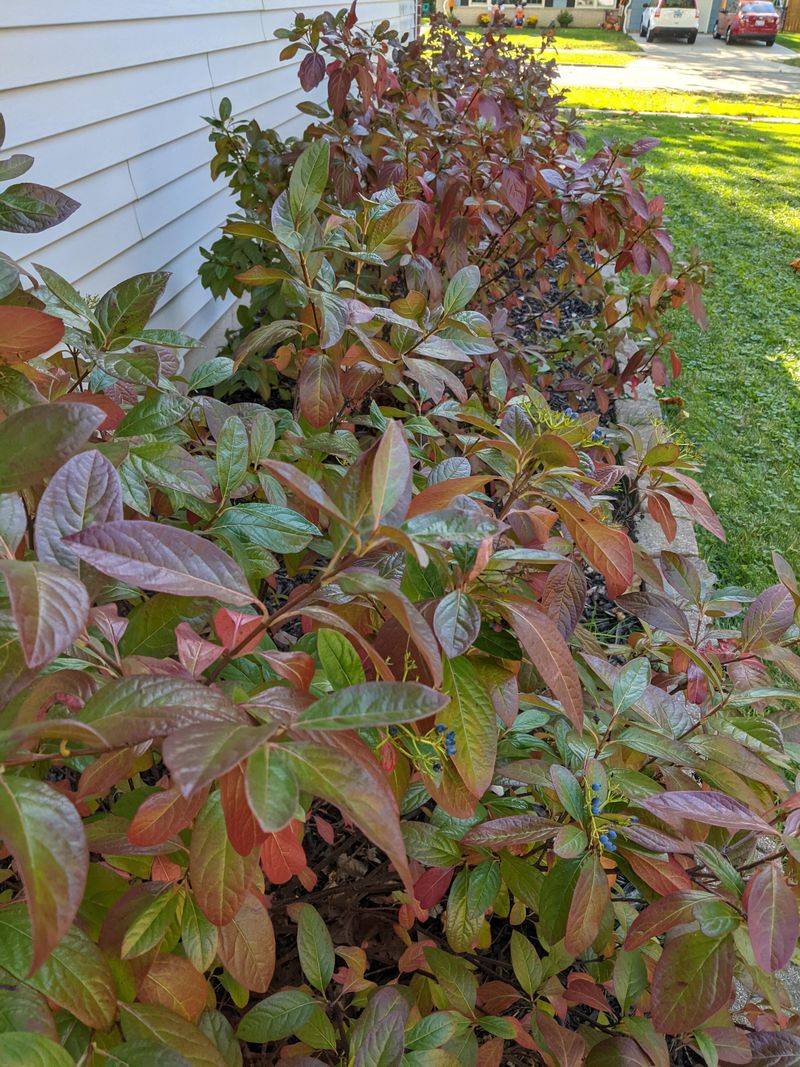
For those with allergies, viburnum might be more foe than friend. Their pollen can become a bit of an allergy trigger, especially during their blooming phase.
If you’re prone to sneezing fits or itchy eyes, these plants could make your garden less of a sanctuary and more of a pollen party.
Before planting, you might want to consider who’ll be spending time in the garden and whether allergies could become an issue. Sometimes, beauty comes with a sneeze-inducing price!
8. Invasive Tendencies
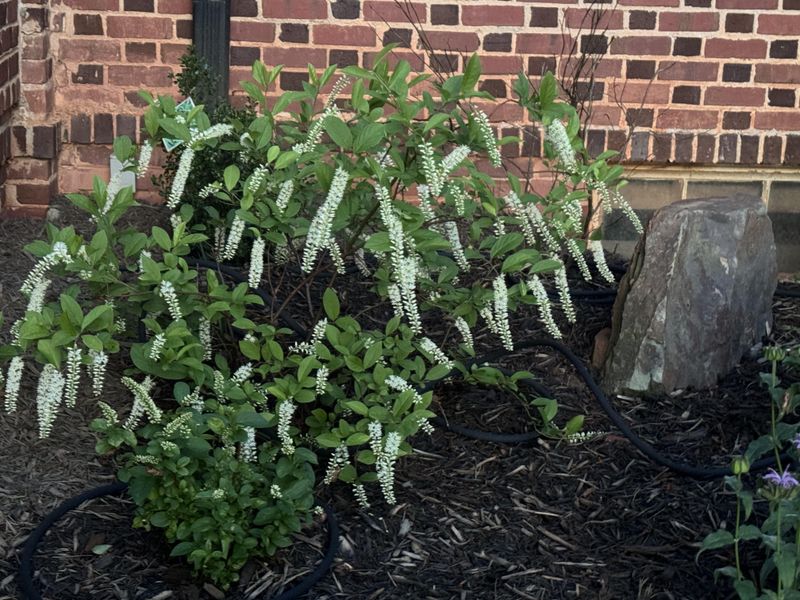
Here’s a fun fact: some viburnum species have a bit of a reputation for being garden bullies. They can spread and take over areas, crowding out other plants you’d rather keep. It’s like having an uninvited guest who just won’t leave.
If you want a well-behaved garden, you might need to keep an eye on these plants and manage their growth. Otherwise, they might decide to redecorate your garden in their own style. Consider if you’re ready for a plant that likes to assert dominance.
9. High Maintenance
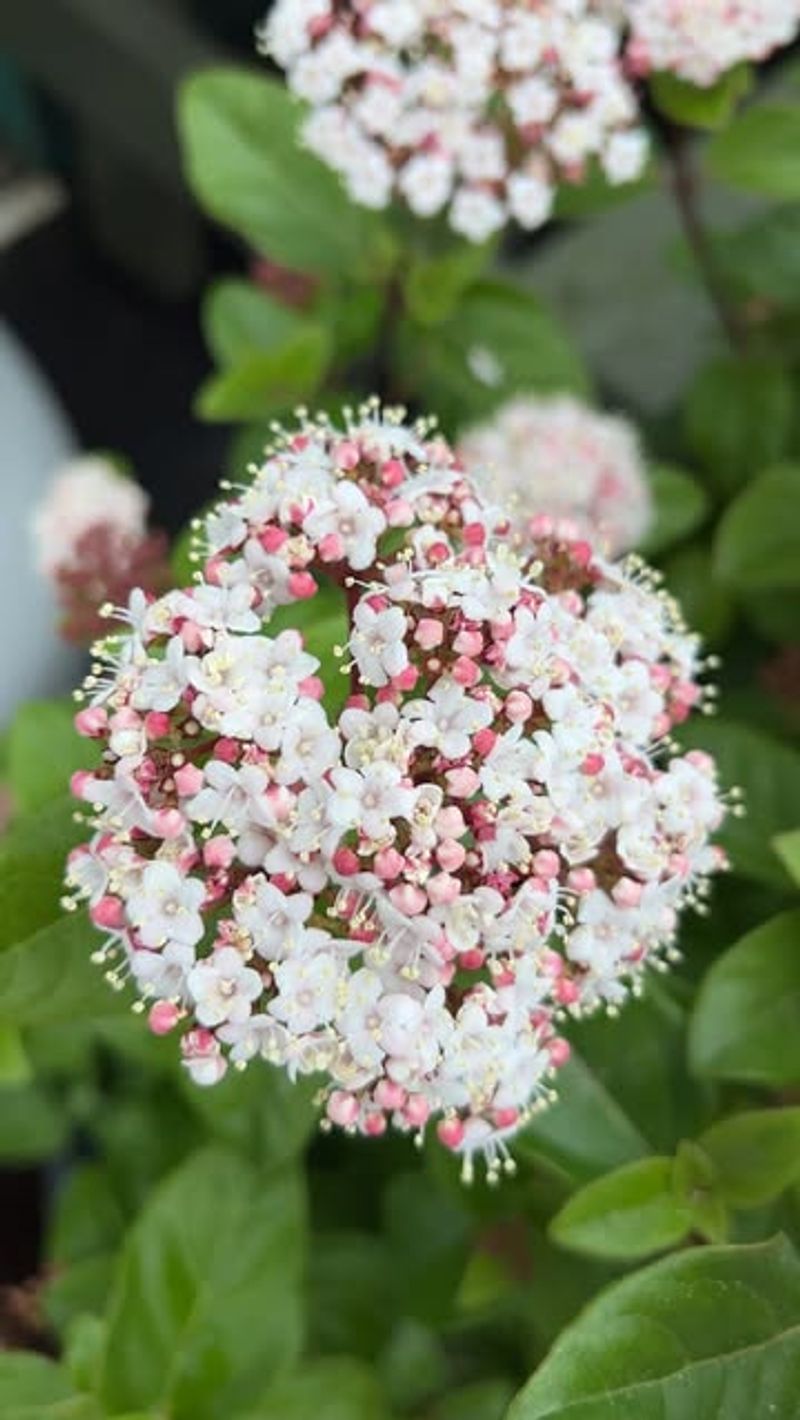
Viburnum can be a bit of a diva in the garden. These plants require regular care and attention to keep them looking their best.
From pruning to pest control, there’s always something to be done. If you’re looking for low-maintenance plants that practically take care of themselves, viburnum might not be the ideal choice.
They’re like that friend who needs constant reassurance and attention. So, unless you’re ready to devote some time and TLC, viburnum might not be your gardening soulmate.
10. Sunlight Needs
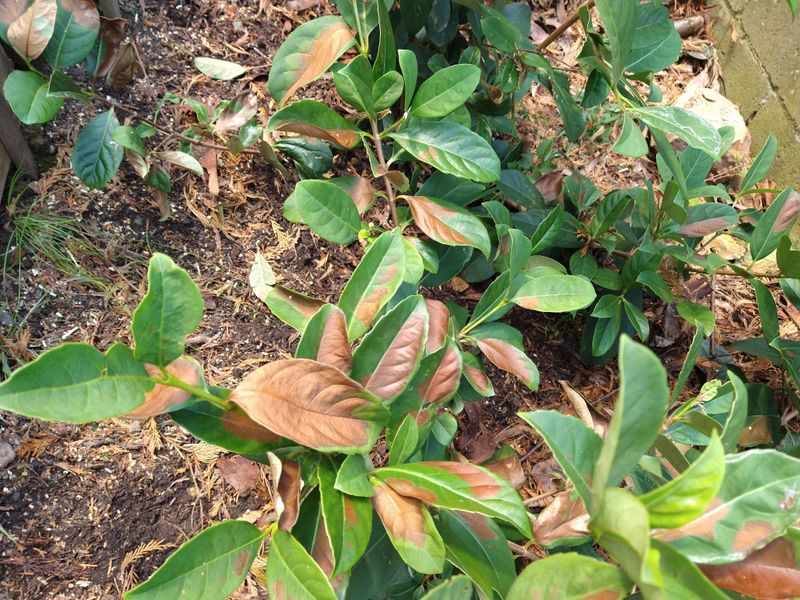
Sunshine, please! Viburnum isn’t one to thrive in the shade. They need plenty of sunlight to grow and bloom properly.
If your garden doesn’t get enough sun, you might find your viburnum looking a bit lackluster. It’s like trying to keep a sun-loving beachgoer happy in the middle of winter.
If your garden is more on the shaded side, you might need to reconsider whether viburnum can find happiness in your space. More sunlight might mean more happiness for these plants.
11. Complicated Fertilization
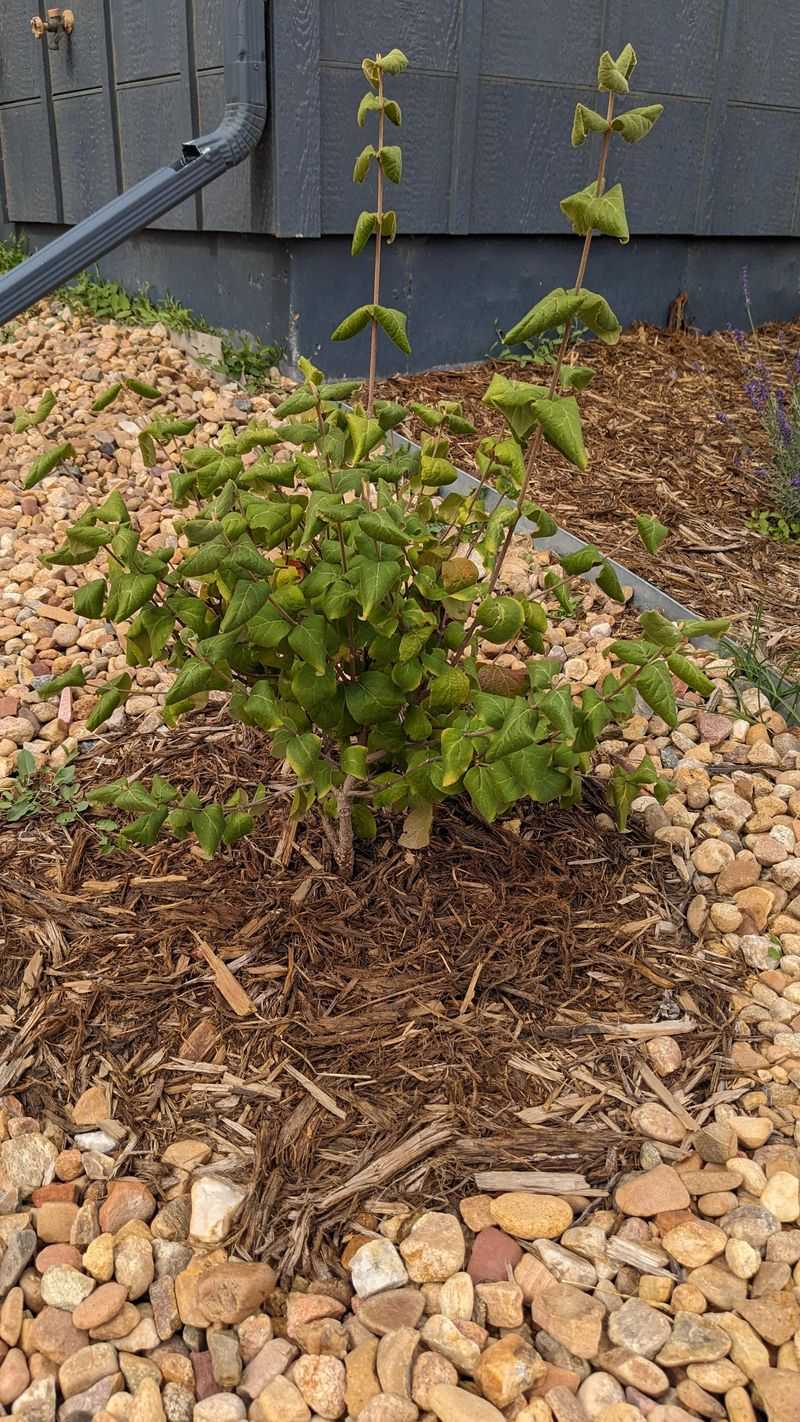
Feeding viburnum can feel like a science experiment. They need the right balance of nutrients to thrive, and getting it wrong can lead to disappointing results. It’s not just about grabbing any fertilizer off the shelf; it’s about understanding their needs and adjusting accordingly.
If the idea of playing chemist in your garden doesn’t excite you, viburnum might not be a match. They can be a bit finicky, and keeping them well-fed requires a bit of effort and know-how.
12. Disease Susceptibility

Let’s face it, viburnum doesn’t exactly have a rock-solid immune system. These plants are susceptible to various diseases, from powdery mildew to leaf spot. It’s like having a plant that’s always catching a cold.
Keeping them healthy requires monitoring and sometimes intervention. If you’re not up for a bit of plant doctoring, you might find yourself frustrated by their vulnerability.
While they can be resilient with care, it’s important to know that they might need some extra attention to fend off ailments.
13. Non-Edible Berries
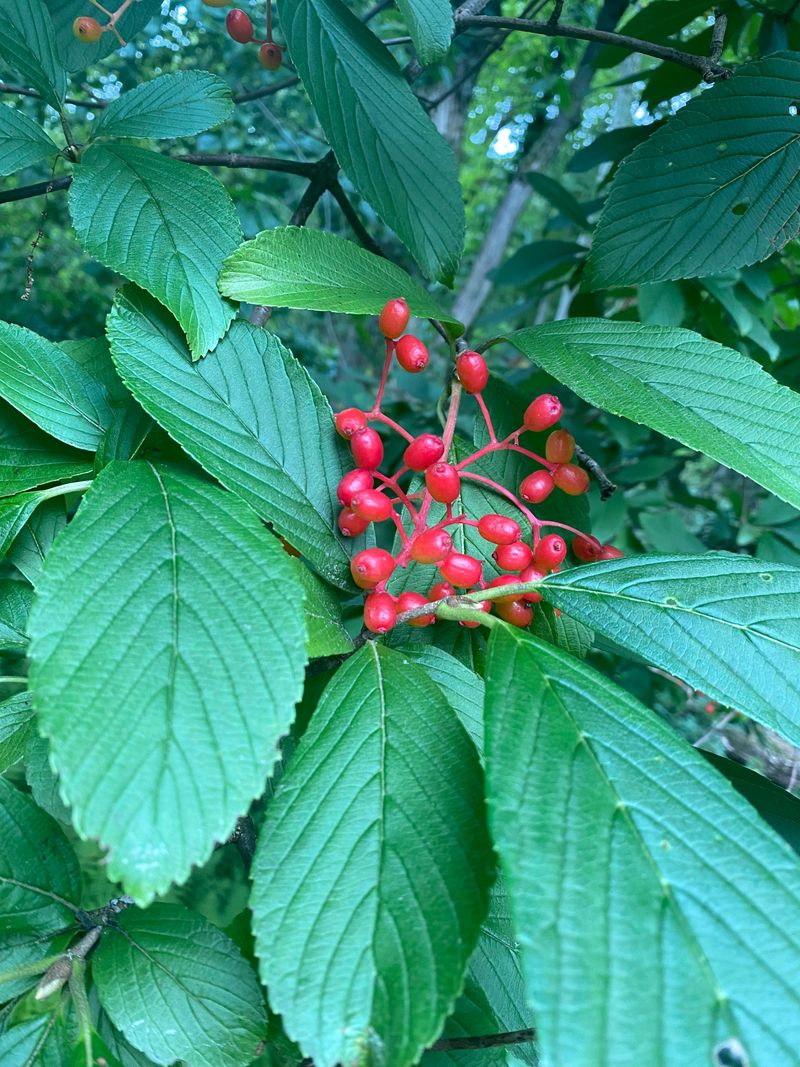
Those vibrant berries might look tempting, but they’re not for eating. While they add a splash of color to your garden, viburnum berries are non-edible and can even be toxic if ingested. If you have kids or pets that like to explore the garden, this could be a consideration.
It’s like having a beautiful bowl of wax fruit on the table—nice to look at but not for snacking. If safety is a concern, you might want to weigh the risks before inviting viburnum into your garden.
14. Root Rot Risk

Waterlogged soil can lead to a big problem for viburnum: root rot. These plants need well-draining soil; otherwise, their roots can suffocate and rot. It’s like trying to breathe underwater—not a good situation. If your garden tends to retain water, you could be setting viburnum up for a tough time.
Keeping an eye on soil moisture and ensuring proper drainage can help, but it’s something to consider if you’re not up for the challenge. Nobody wants to deal with plant CPR, right?
15. Sensitive to Transplanting

Moving viburnum isn’t as easy as you might think. These plants can be a bit sensitive to transplanting and might sulk or struggle to adjust if they’re moved around. It’s like convincing a homebody to relocate to a new city—they might not appreciate the change.
If you like rearranging your garden often, this could be a sticking point. Planning their permanent spot from the get-go can save you from heartbreak later on. Viburnum likes stability, so keep that in mind before bringing them home.
16. Short Lifespan
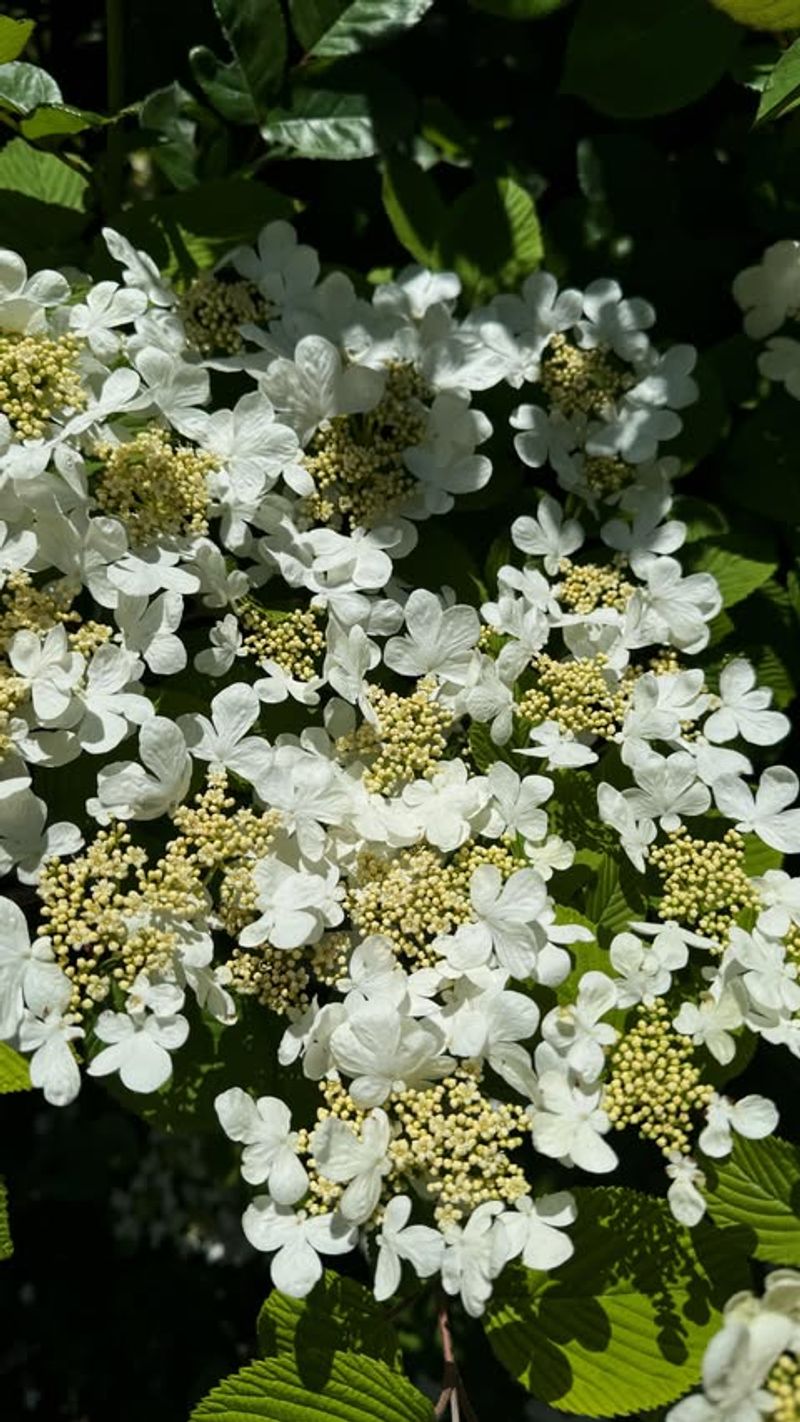
Here’s a sobering thought: viburnum might not be with you for the long haul. Some species have a relatively short lifespan, leaving you with a gap in your garden once they pass their prime. It’s like losing an old friend sooner than you’d hoped.
Planning for succession planting can help, but it’s something to keep in mind if you’re looking for a garden buddy for the ages. If longevity is a priority, you might want to explore other, longer-lasting plant options.

